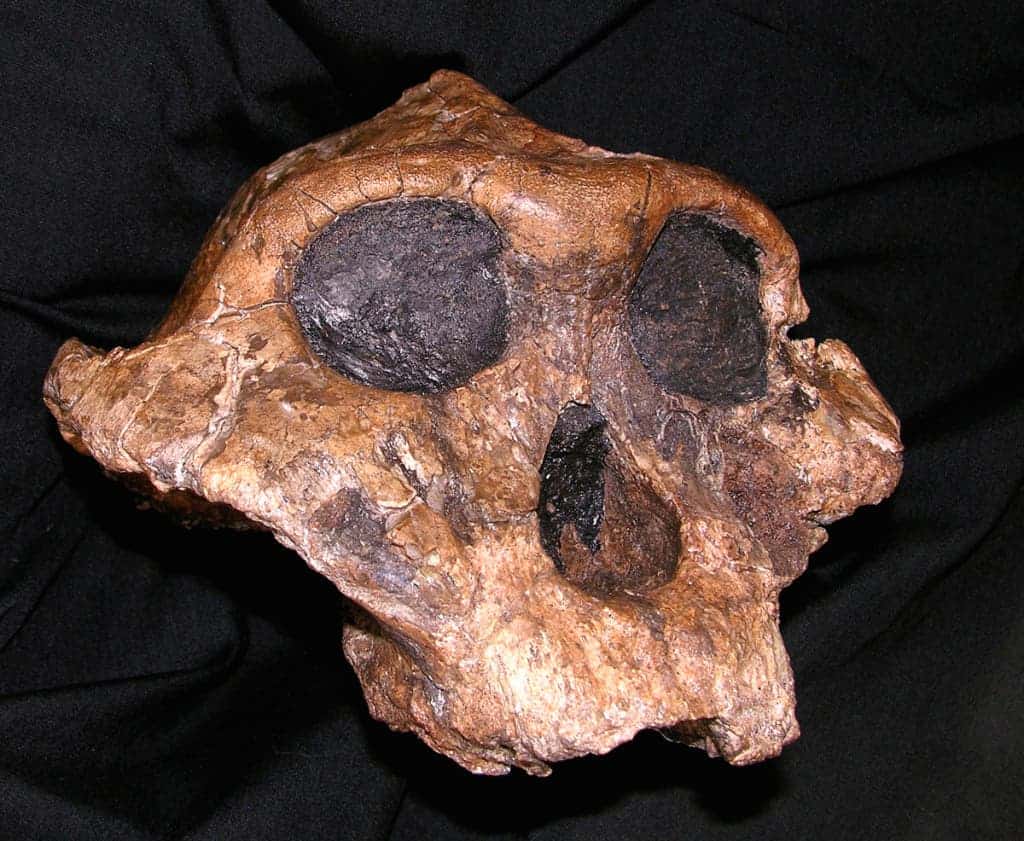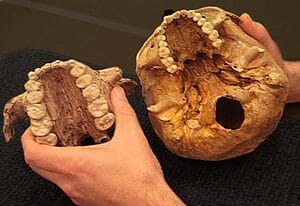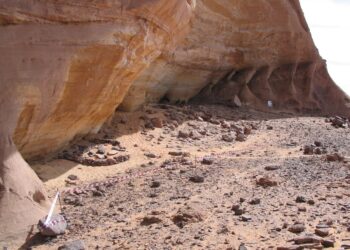
In a recent important palentological find, it seems that one of our ancient ancestors, the so called “Nutcracker Man” who lived between 1.4 and 1.9 million years ago, actually used its large teeth to graiss grass not crack the shell of nuts.
“It most likely was eating grass, and most definitely was not cracking nuts,” said University of Utah geochemist Thure Cerling, lead author of the study published in the Proceedings of the National Academy of Sciences.
For the last half a century the Paranthropus boisei was dubbed the Nutcracker Man, since its discovery in 1959 when an uncovered skull in Tanzania reveled huge jaws with molars about triple the size of a modern man’s. Scientists have now found evidence that the Nutcracker prefered a good ol’ regular salad.
The ‘Grasseater Man’
US and Kenyan researchers now say the species grazed on the same wild fields as the ancestors of zebras, pigs and hippos.
“They were competing with them,” said Cerling. “They were eating at the same table.”
The first skull of the was found by Mary and Louis Leakey in 1959 at Olduvai Gorge in Tanzania, and as an interesting fact their daughter-in-law, Maeve Leakey, is a co-author of the paper. What’s truly interesting, however, is how researchers have managed to draw this conclusion about our earlier form.
You see, the Leakey’s initial conclusion that the Paranthropus boisei used its huge teeth to crack open the shell and crust of nuts was pretty evident and initially well based, but after scientists drilled the teeth something quite interesting came up.
“The big, flat molars, heavily buttressed skull, and large, powerful chewing muscles of Paranthropus boisei scream ‘nut cracker,’ and that is exactly what this species has been called for more than half a century,” he said via email. “But science demands that our interpretations be tested.” commented Peter S. Ungar, chairman of anthropology at the University of Arkansas, who was not part of the research team, but suggested in 2007 the possibility that Nutcracker Man human ate grasses, based on tooth wear.

The scientists analyzed the carbon in the enamel of 24 teeth from 22 individuals – what they found was two types of carbon, one which is produced from tree leaves, nuts and fruit (C3 photosynthesis), and another from grasses and grasslike plants called sedges (C4 photosynthesis).
Only one similar diet has been seen in an extinct species of grass-eating baboon, the researchers said.
“The high proportion of C4 vegetation in the diet of Paranthropus boisei makes it different from any other hominin to date,” said co-author Kevin Uno of the University of Utah.
“The results make an excellent case for isotope analysis of teeth from other members of our family tree, especially from East Africa.”
The study was funded by the National Science Foundation and the University of Colorado.






